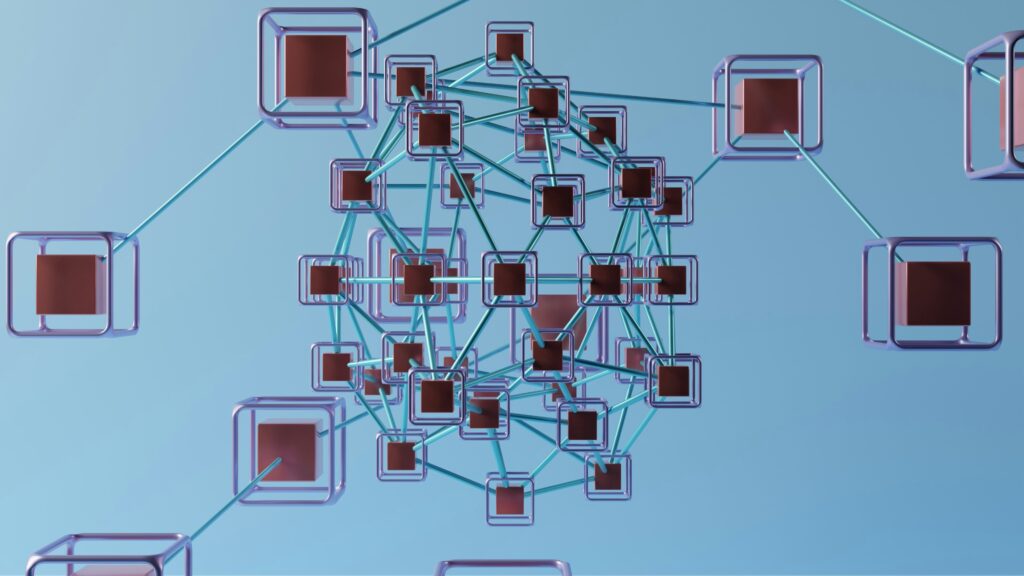Human resources are considered to be one of the greatest assets of any business. The success of your organization depends a great deal on employee performance–but, what should you do—as a business—if your employees are not performing up to your expectations? By some estimates, as much as 68 percent of employees are disengaged, but there are ways to boost employee engagement and enhance performance.
This is where the role of management comes in. When managed the right way, non-performing employees can be turned around and meet or exceed expectations to become valuable assets.
To understand clearly how you can deal with such employees at the workplace, read these tips:
1. Assess the Long-Term Potential of Employees
In some cases, underperforming individuals are just skilled employees who are unfocused, stressed, and unable to handle the workload. It is, therefore, important that you first assess the potential of the underperforming employee. Past reports, metrics, work performance history, and personal experience with the employee, enable managers to assess their performance.
2. Use Your Listening Skills
Once you’re sure you are dealing with an underperforming employee, it’s time to call a meeting to try and find out the reason behind their poor performance. Be careful how you approach the situation, though. According to Gallup, 75 percent of the reasons people quit an organization comes down to their managers. Don’t be in a haste to share your feedback with them. Instead, use your listening skills and let them share their concerns. Doing so helps you chart out a strategy that will improve the concerned employee’s performance.
3. Give Clear Feedback
It is crucial for managers to give feedback to poor performers. They need to share their concerns as well. 69 percent of employees say they would work harder if their efforts were better recognized. Assuming that the employee is aware of their performance is inadequate, you should give the employee a chance to mend his or her ways. Rather than simply telling them to “perform better in the next quarter,” it’s beneficial to provide specific steps. Tell them to “work on their time management skills and follow deadlines.” Your employees should be able to set clear goals for the upcoming quarter.
4. Set Clear Standards
Organizations with no clearly defined roles and responsibilities for each employee are more likely to end up with an underperforming staff. It is, therefore, in the interest of management and the company as a whole to define clear goals for employees. This can be easily done with the help of a collaborative project management software. Such a tool can clear any confusion that an employee might have about their role in the organization.
5. Extend Support
Steering underperforming employees in the right direction is the first step towards improvement. Identify if there is a need for further training. Providing employees with the right resources and help is the responsibility of management. You can significantly improve the confidence and productivity of your workforce by giving them the support they need.
6. Easy Collaboration
Teamwork is also extremely essential for your organization’s success. Collaborative teamwork is, however, prone to problems. Problems occur due to ineffective communication. Luckily, there are many strategies to improve team collaboration, which includes implementing effective tools. A collaborative project management application can help ensure all team members are on the same page by setting up clear targets and deadlines. It also provides them with an easy-to-use communication platform.
7. Monitor Progress
Do not wait for an employee’s lack of productivity to affect the organization’s performance. Rather, monitor their performance. Once you have provided your workforce with the right resources and advanced tools, it is time to keep a regular check on their performance. This can be done better with the help of a project management solution.
Here, you can set different KPIs (key performance indicators) that will be beneficial to track for each individual. This step is extremely important to keep every person within the team on track, identify their weaknesses, and help them improve in those areas.
8. Follow Up and Reward
Do regular follow up meetings to find out how the underperforming employee is improving. Follow-up helps you identify any concerns that your employees have and address them in a timely manner and keep performance and progress on track. In addition, you need to set up a reward system for your workforce – one that is transparent and encouraging. Employees can be motivated to perform better through monetary and non-monetary incentives.
9. Know When to Cut Ties
If, after all your efforts, an underperforming employee still does not seem to improve or resolve poor work habits, you should re-assess the situation. Knowing when to stop is equally important for the management. You should have clearly specified repercussions for your employees’ non-performance. Warn them before you decide to terminate an employee. At times, it is in the interest of both the employee as well as the organization to simply cut ties. Otherwise, by holding onto an underperforming employee, the organization risks developing a culture of negativity and loss of productivity among other employees.
10. Motivate
Along with giving the underperforming employees the resources and guidance they need to perform well, it is also beneficial to motivate them. Be sure to appreciate your employees and their efforts. When a struggling employee overcomes their old working habits, encourage them to keep on going in the same spirit. Find out each underperforming employee’s goals and motivate them to accomplish those goals.
The Bottom Line
Following these tips, you can help non-performing employees correct poor work habits, increase productivity, and maximize the use of their skills. Instead of just saying “goodbye” to non-performers, first try to get the best out of their talent and capabilities.
Project management software can play an essential role in improving your employees’ performance. Only 58 percent of companies fully comprehend the value of project management. You can monitor employee performance, see if it is on track, identify and address issues behind employees’ underperformance, and make improvements wherever you deem necessary.
Evaluating and monitoring employee performance is challenging. That is why some companies make use of a performance management system. Setting up this kind of system helps to figure out how employees are performing, and also obtains actionable, clear metrics. A project dashboard helps to track and analyze these metrics. Besides, a performance management system enables companies to enhance their effectiveness and strengthen market position.
- 10 Tips to Deal with Non-Performing Employees at the Workplace - December 11, 2018




Comments are closed.